|
If you're like me, the first thing you think when you hurt yourself is "I'd better get to yoga!" Because Bikram Yoga is a therapeutic practice, it's designed to be safe and beneficial no matter what condition your bod is in! When injured all you need to do is gentle stretching without causing any strain or pain. When you break a leg (like my mother-in-law, pictured below) or have another injury where you can't bear weight on a leg or foot, the standing part of class can be performed in a chair with tons of benefit to the whole body. Here's how to do it:
0 Comments
Meet Satya. He was born just a few weeks ago, in our dining room!
He's my third child, and his birth was something else.
With my first two babes, I woke up at my usual time in the morning and felt an inexplicable new feeling in my body. A couple hours later both times, my contractions began, and both times by 8pm there was a new kid in our house! I'd been reminded throughout this pregnancy by my midwives and friends that third babies can come really fast. "Make sure you call us right away" they said. "Have a backup in case we can't get the tub filled in time," they said. So while consciously I knew that every birth is different, the truth is I fully expected this labor to be straightforward and speedy like my others (or even-- I hoped-- faster!) Which is why when I began having mild contractions on Saturday, I scrapped our weekend plans. But... by Sunday morning they hadn't gotten any stronger, longer or closer together (that's how you know it's really happening.) I let the midwives know what I was feeling, made some raspberry leaf tea, ate my 6 daily dates and settled in to wait.
I'll skip the details of my next 2 days and just tell you there's a thing called prodromal labor. It's like... the purgatory of birthing. It's like the myth of Sisiphus, where he keeps pushing that boulder up the hill and it always rolls back down.
Prodromal contractions can be uncomfortable enough that you can't concentrate on doing other things while they're happening, but unlike "real" labor, they can continue without progressing in intensity or frequency for days or even (gulp) weeks. Except that sometimes they stop completely and then start again. Oof. Despite it not being my first rodeo, I was unprepared for this. Or was I?
The thing is, I'd been sweating it up in our in-home hot room at least 5 days a week throughout this pregnancy. (Not to mention the other 17 years-ish since I found Bikram Yoga!)
So I actually had everything I needed. Here are just some of the skills I've honed through my yoga practice, which helped me cope with feelings of frustration, impatience and exhaustion during the 60 hours or so from my first contraction until I finally met my son: Breathing Just like in yoga class, I use nose breathing during labor to keep my nervous system calm and conserve energy. Here's more about how that works. Interoception Interoceptive awareness is the ability to identify, understand, and respond appropriately to the body's internal cues. It's knowing what is going on inside my body, what it means, and what to do about it. Pregnancy Yoga emphasizes this skill, encouraging us to constantly monitor the sensations in the body brought on by each posture, and adjust the intensity as needed. I mean, you should really be doing this in any yoga class! You just might get more reminders from the teacher during Pregnancy Yoga. Practicing with an injury will also train this especially well: you constantly have to listen to your body's messages to know if you need to do less or rest. Interoception helped me pace myself even during a labor that seemed to go on and on. I could feel what my body was doing and respond to its needs in each moment with movement, sounds or rest.
Faith
I had to tap into my faith a lot during my weekend of waiting for Satya. Faith in the natural process of birth, faith in my body, faith in myself. With labor starting and stopping I began to doubt myself: maybe it was wishful thinking? Did I will myself into having contractions before it was really the time? What if I got too tired and couldn't see this through to the finish line? There was a moment just before I needed to push, where I said to my husband "I don't know if I can do this." As soon as I said it, I knew that I could. What we practice in Bikram Yoga class and in Pregnancy Yoga is repeatedly putting ourselves in this position. We're struggling, thinking "I don't know if I can do it" and then we prove to ourselves: we can. Hatha (physical) yoga is about using our bodies to cultivate a relationship of faith (trust) with ourselves. And it goes so far beyond the physical realm. Determination In yoga, you might associate determination with "pushing through" or holding the pose no matter what until the end. But in fact, determination in yoga can often mean, NOT pushing through. I mean, if your breathing is all over the place and your pose is misaligned because you're too tired to use your muscles correctly, pushing through or "no matter what" isn't determination: it's just ego! So determination can also mean the commitment to doing what is truly best for you, and not letting ego get in the way. During Satya's birth I used my determination in the "pushing through" sense. But I also had to stay determined to allow the process to unfold, without me (ego) trying to control it.
Concentration
By focusing your mind on what your body is doing in the present moment, even with potential distractions like the heat, sweat in your eye, or that housefly that somehow snuck into the room, yoga helps you hone your concentration powers until they become superpowers! Labor can actually slow or even stop as a result of distractions, like someone new entering the room. I used my concentration superpower during Satya's birth to keep me on track... even as my other children woke up and started eating their breakfast cereal beside me while asking questions about where babies come from! Patience In hatha yoga patience is developed in many ways. One is simply the patience to hold your body in an uncomfortable position until you hear the word "change!" Another is patience over the longer term: accepting your current level of ability/ flexibility/ strength/ balance and allowing that to improve over time, on a timeline that may be slower than you'd prefer. This one was huge for me with this birth. I'd been ready to meet Satya for days, and there were moments it seemed like he would never show up! I tapped into my yoga-patience and reminded myself that he would arrive exactly when he was ready.
Denouement
The good news about prodromal contractions is that they help the body prepare for active labor and may even help dilate the cervix a bit. By the time my baby was finally ready to join us, I only had to push 5 times to get him out. Satya was born just after 8am that Tuesday morning, with one arm raised up next to his head like he was setting up for Standing Bow Pulling Pose! It's called a nuchal hand presentation. And maybe that was part of the delay, my body trying to nudge him into an easier position before he began his descent. Besides longer labors, other nuchal hand birth stories I've read often involve tearing, pain and long hours of pushing. I can't say for sure if my yoga practice is completely responsible for my smoother experience, but I can tell you that besides walking the kids to school and a bit of swimming, it's the only exercise I've done for over a year. Here's how my pregnancy went:
Here's how I felt after Satya's birth:
I was talking with my doula a few days later, and she said: "Every baby has something to teach you with their birth." I think Satya's lesson for me was that life is (still) full of surprises. Every birth is different, even for the same mom! I'm in no way claiming that if you practice this yoga our experiences will be the same.
What I do know though, and what any birth professional will tell you, is that having a healthy body and mind can only have positive effects on the kind of pregnancy and birth you have! There's so much in life that is beyond our control, but to a huge extent your health is up to you.
Pregnancy Yoga ticks all the boxes for a safe and effective exercise regimen that will help you prepare for the birth of your dreams: It's zero-impact, moderate to low intensity, emphasizes breathing, tones the pelvic floor, strengthens joints, prevents back pain, builds stamina, improves balance and relieves stress. I felt so good during and after yoga that I practiced almost every day throughout this pregnancy. But you don't have to hit your mat daily to enjoy the benefits! Even 2 to 3 sessions a week can have a huge impact. So if you're expecting (or plan to be) find out more about Pregnancy Yoga here. We've got several classes and downloadable resources for you in our library here. And feel free to email me if you have any questions! I love helping out new moms and moms-to-be. Always consult your medical provider before starting a new exercise routine.
When the temp starts rising in the Pacific Northwest, Judy and Alex hit the deck for hot yoga at (their) home.
Check out their story to find out how yoga helps this power couple feel young, sit up straight and "have zen... sometimes!"
Want to feel as good as Judy and Alex? Join our Yoga On Demand Plan today and practice from anywhere your heart desires.
As a mom of two (and 2 businesses too!) I know my day may not always (understatement alert!) go exactly as planned. That's why I'm a big proponent of "gettin it while ya can" -- which often means being up before the sun (and the son) in order to squeeze in my daily practice. Did you know that traditionally yoga was practiced in the morning? Maybe it had something to do with avoiding the hot sun of Indian afternoons, but really it just makes sense. Your mind is at its most relaxed in those wee hours, and the rest of the world hasn’t sent you any emails yet. There are fewer distractions and there just seems to be more... peace. Physically, stretching is a body's natural urge in the morning, helping loosen up your joints in preparation for movement as you start your day. It turns out modern science is also a huge fan of movement in the morn! Here are just a few of the reasons (and the research that supports them!) to wake up early with us and yoga:
You deserve all of the above in your life.So sign up for an early Zoom class today, or pick a recording from our library.
And if you're not a member yet (wha??) click here to join. See you in the morning!! “If we could master breath, everything after that is going to be handled a bit better.” That's a quote from James Newbury, an athlete who completed the entire 5-hour bike ride and 4-hour run of an Ironman race, breathing only through his nose. “We’re going to live at a higher level.” Living at a higher level sounds good. Here is my nose: Maybe you’ve been here:
Huffing and puffing through the first few poses in one of your first hot yoga classes, your face turning bright beet-red. The more you try to breathe, sucking air in through your mouth- the harder it seems to get. From somewhere in the distance, you hear the instructor’s calm, encouraging voice: “Close your mouth, breathe through your nose.” You try it. It works! Nose breathing is the way Many people have been taught or just naturally start breathing through their mouths while exercising, especially when it gets intense. But emerging research suggests nasal breathing (like we do for about 80 out of the 90 minutes in a Bikram Yoga class) is actually where it’s at. That’s no big surprise for yoga practitioners, who have been harnessing the power of breath for centuries! (But we always love when science backs up what we do!) Breathing by the nose helps athletes perform better For example, this recent study looked at runners who used nasal breathing and found their maximum rate of oxygen consumption was unchanged compared to mouth breathing. At the same time, their respiratory rates (breaths per minute) and ratios of oxygen intake to carbon dioxide output decreased, which means they didn’t have to work as hard to get the same amount of oxygen! Researchers believe the lower breath rate caused by breathing through your nose (a much smaller opening for air than your gaping maw) allows more time for oxygen to get to the bloodstream. That means you get more oxygen to your cells from each breath, which allows you to breathe less. Wait a sec? Is breathing LESS a good thing? Don’t worry: no one is telling you not to breathe. It’s about being efficient. By breathing through your nose "you actually can perform your big physical tasks – running, cycling, things like that, you can perform them using less oxygen because you're not having to breathe as much to perform them,” says researcher George Dallam. “Which turns this not just into a health thing, but also into a performance thing too.” Nose breathing helps with daily wellbeing too I recently read a fascinating book called Breath, by James Nestor. In it Nestor “explores the million-year-long history of how the human species has lost the ability to breathe properly and why we’re suffering from a laundry list of maladies—snoring, sleep apnea, asthma, autoimmune disease, allergies—because of it.” One thing Nestor did as part of this book was an experiment where he plugged his nose completely for 10 days, forcing himself to breathe only through his mouth. Spoiler alert: the results were disastrous! Other spoiler alert: everything got better when he began breathing through his nose again. Among other things, it turns out people who breathe primarily through their noses have:
Nasal breathing calms ya down Breathing slowly through the nose is associated with the parasympathetic aspect of your nervous system, known as the “rest, digest and reproduce” state. (You probably know that one from yoga class!) Breathing fast, through the mouth, or too much (hyperventilation) activates the sympathetic nervous system, putting you into a state of “fight, flight or freeze.” (You know that one from if you’ve ever been stressed out.) That’s because nasal breathing activates the lower part of the lungs, which is associated with the parasympathetic nerves. Oh hey, we made a video about that! “You’re dealing with what is called a vagal response,” Dallam says. “You’re actually activating your vagal nerve to do the action of the lung itself when you breathe that way. That’s why a relaxation breath is a deeper breath. If you breathe deeply and activate the diaphragm well, and activate the lower portion of the lung, then you create some immediate relaxation.” It ain't always easy, but it's worth it As James Nestor and James Newbury found, breathing by the nose during physical exertion isn't necessarily easy. The key, whether in a Bikram Yoga class or training for a triathlon, is to only challenge yourself as much as you can while maintaining nasal breathing. This means you may need to back off on intensity at first and be patient with the process. (Helloooo, psychological benefits!) When you breathe calmly through your nose, you take charge of your own nervous system The more you practice, the better you'll get at nasal breathing and the more your health will improve as a result. Don't take my word for it though! Try it in class today ;) This week I was interviewed!
Liz asked me about the birth story of Home Hot Yoga, why I love St. Johns, what it's like to be a shut-down business during a global pandemic- and how the heck I expect people to do hot yoga in their bathrooms!
Check it out: That sale I mentioned?
|
AuthorHHY Founder, Yoga Business Coach, yoga-doer and life-lover, Kay Afif! Categories
All
|

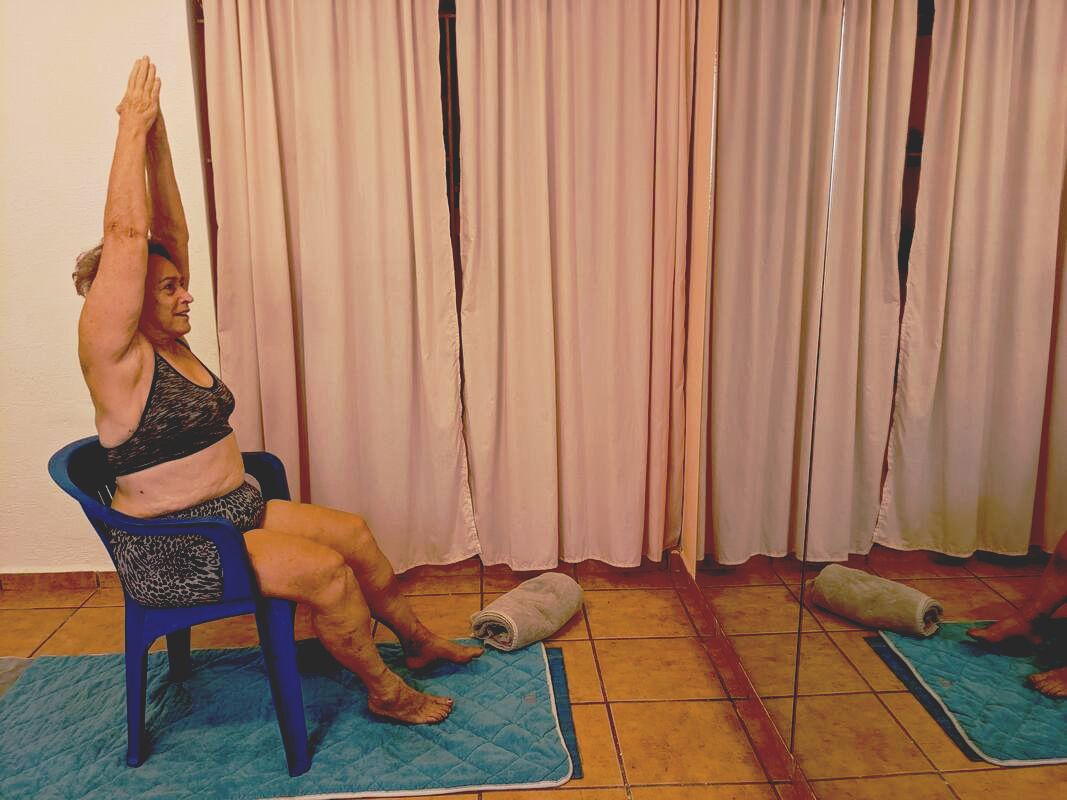
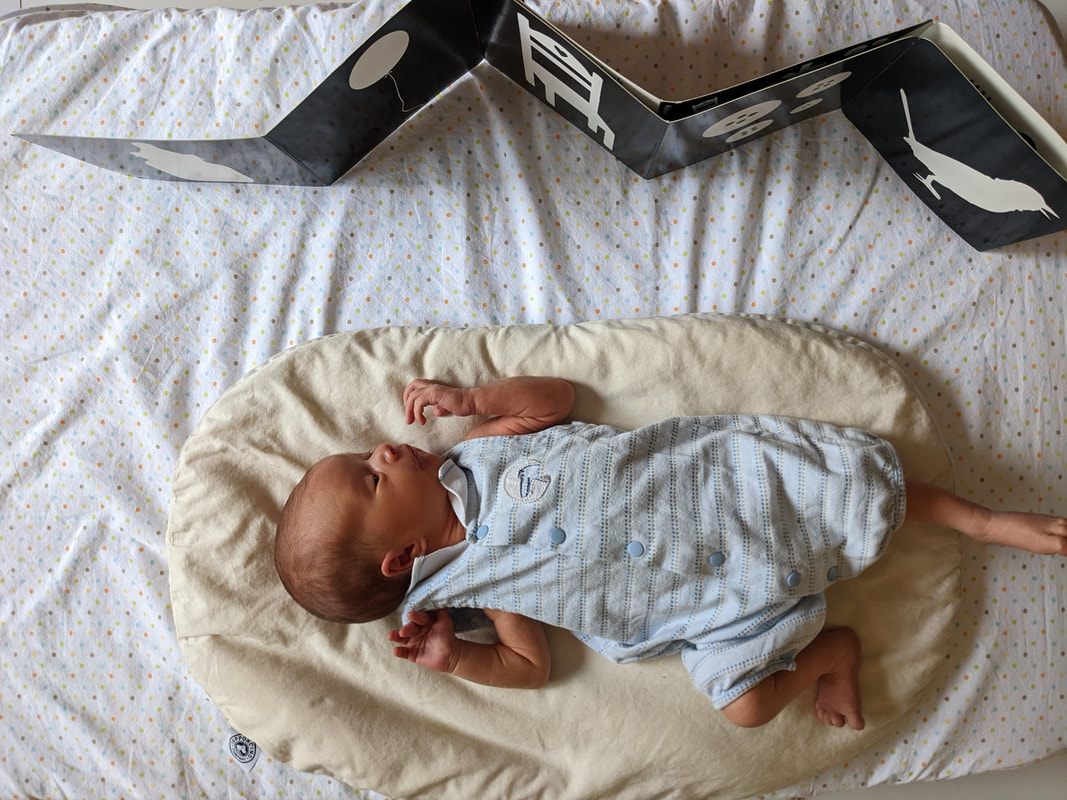
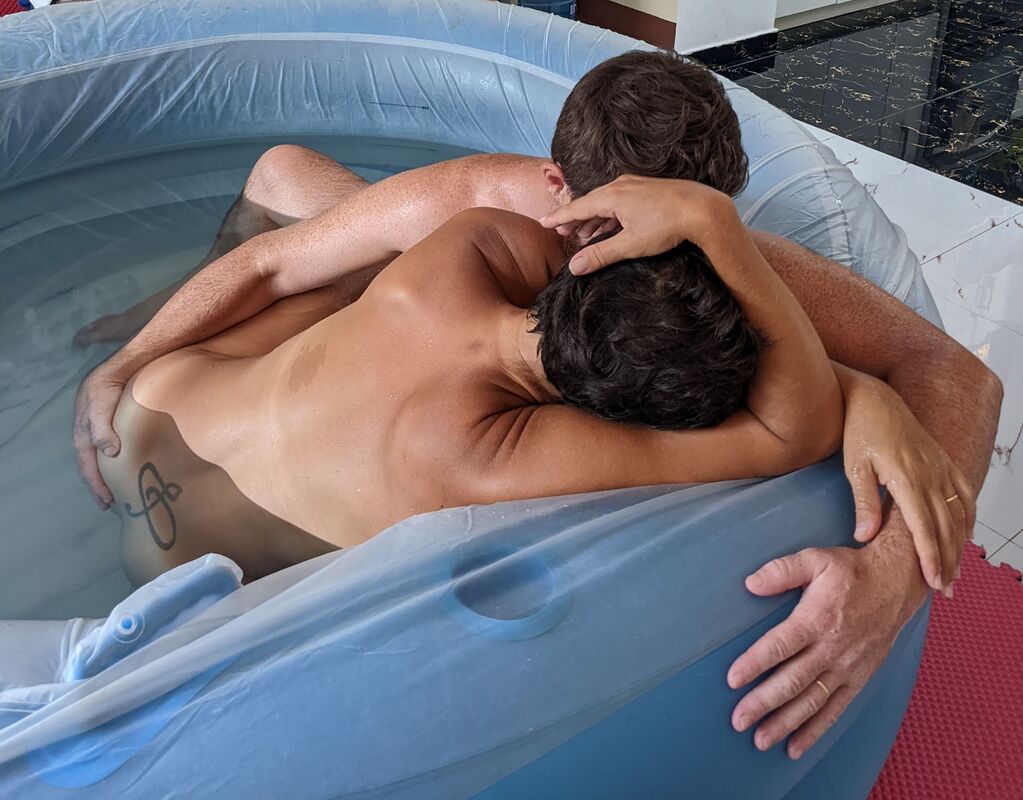
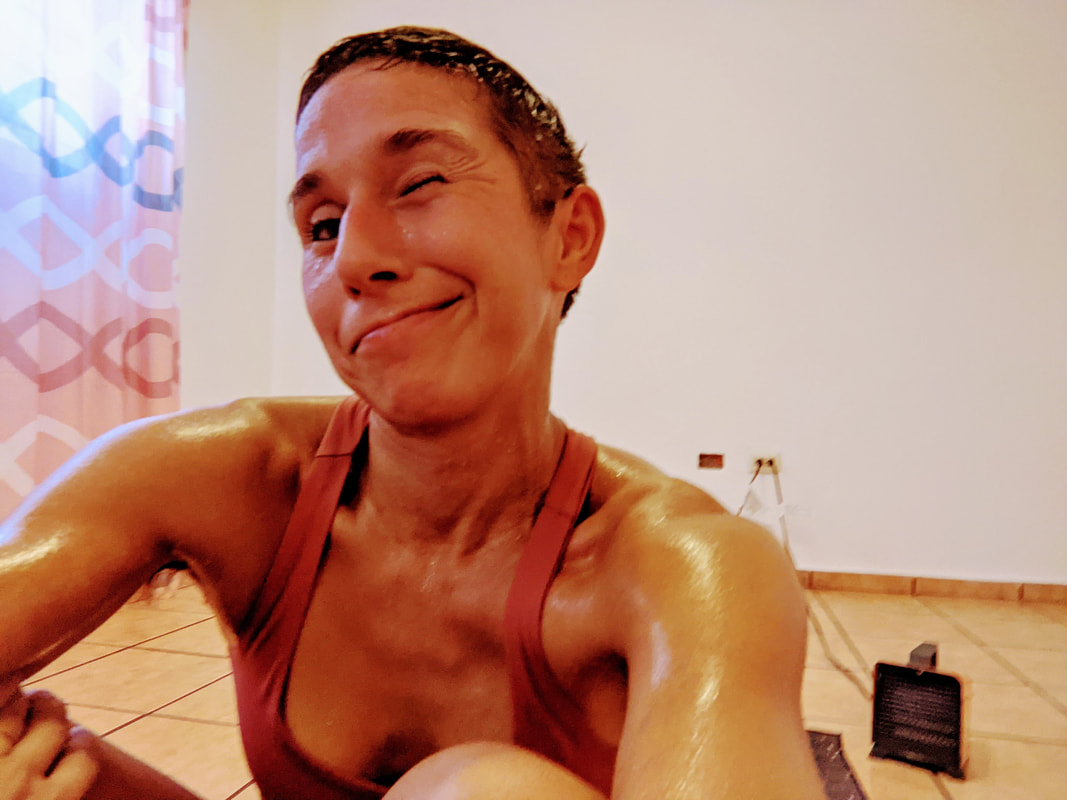

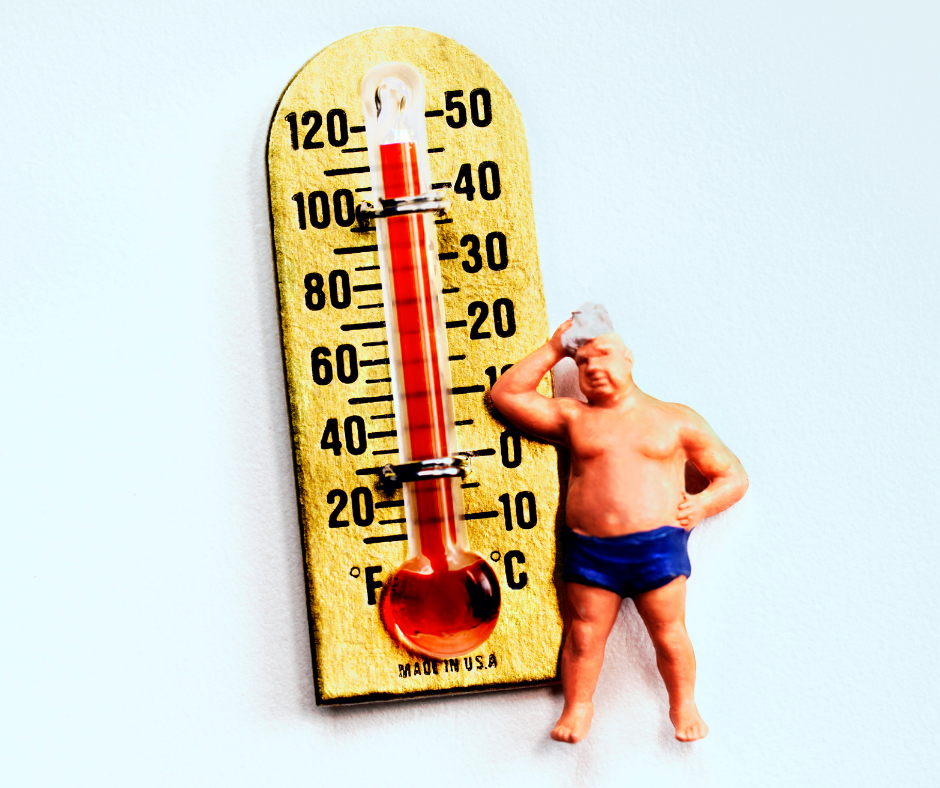

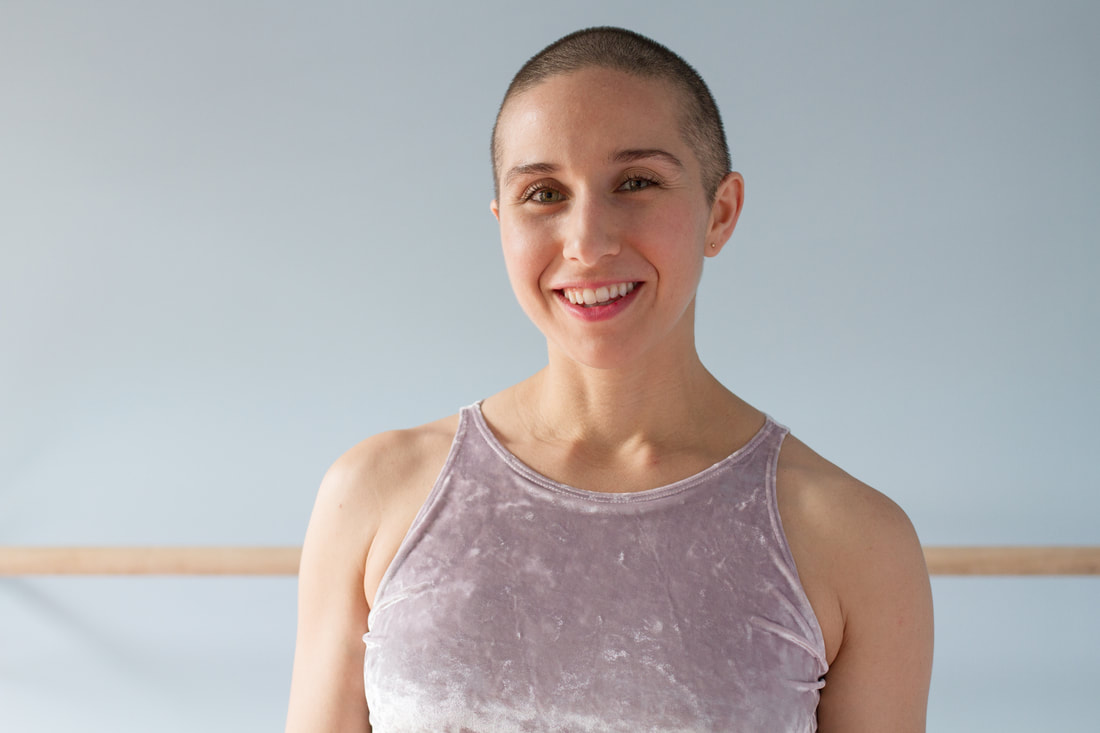
 RSS Feed
RSS Feed
